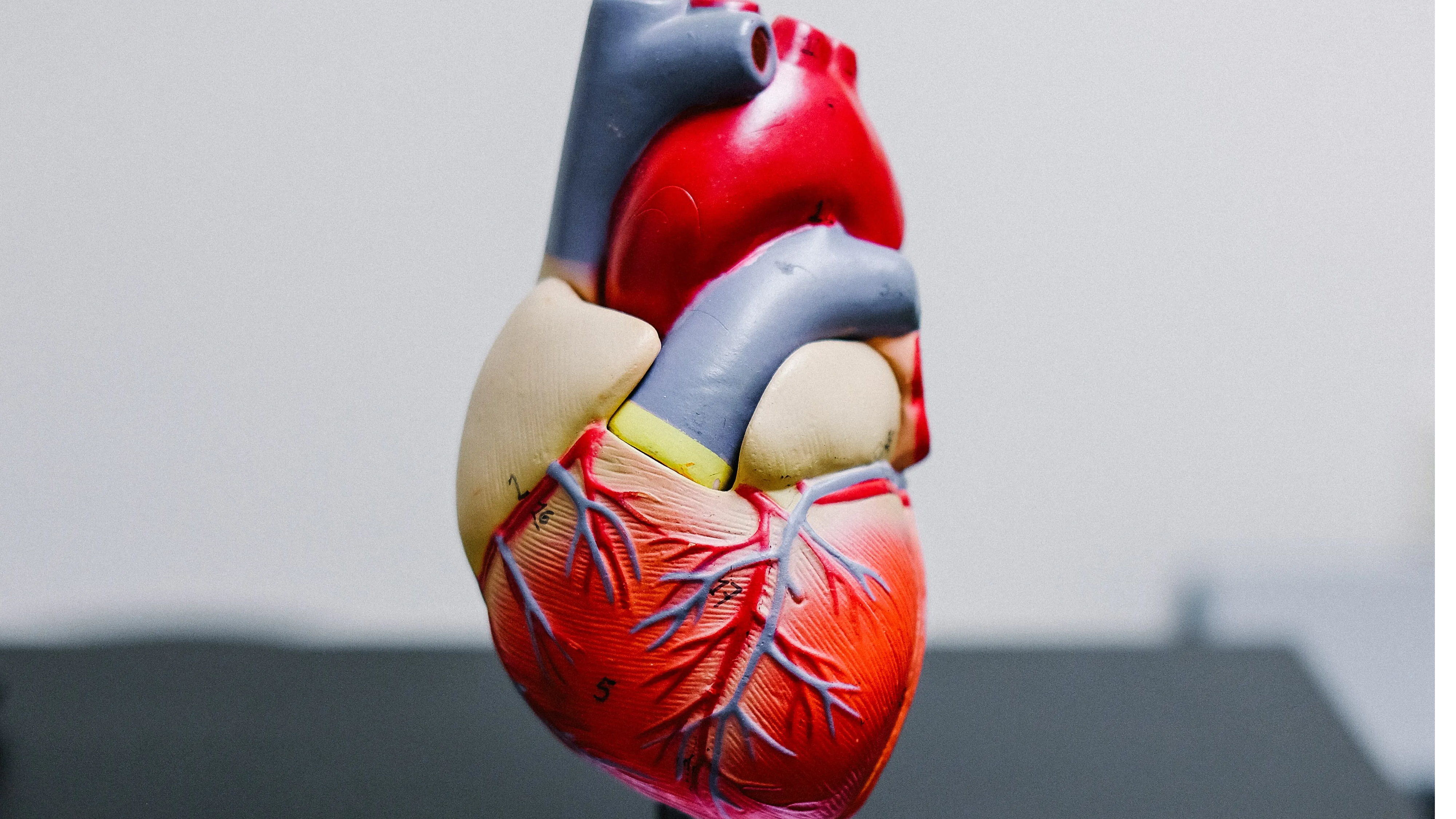A-fib or Atrial Fibrillation, a heart-rhythm
abnormality, is on the rise in the United States. Nearly three million adults
in the US have been diagnosed with this condition and the number is expected to
quadruple in a few years with increasing lifestyle factors like population age,
obesity and diabetes.
In A-fib, the atria, the two upper chambers of the
heart, beat rapidly and chaotically out of sync with the ventricles, according
to a report in The New York Times.
Also Read | Rise in R-value cause of concern for India: AIIMS chief
The ventricles are the heart’s lower pumping chambers
that circulate blood throughout the body. If the heart beats chaotically, the
ventricles may not be able to pump through enough blood to meet the body’s
needs. This leads to sluggish circulation and cause fatigue and breathlessness.
The worst aspect of this condition is that not many
people are even aware that they have this abnormality unless things escalate.
Here’s how one can recognise the signs of the anomaly and initiate treatment.
Also Read | Florida records its highest one-day rise in new COVID cases
How do I know if I have A-fib?
People with A-fib may experience occasional bouts of
breathlessness or their heart race, pound or flutter periodically for minutes
at a time. The symptoms may be triggered by excessive consumption of alcohol or
caffeine.
While for some people the abnormal rhythms may last
for minutes, for some they may persist.
What are the risks of having A-fib?
According to a report published in The New England
Journal of Medicine, A-fib can raise the risk of stroke four-fold in men and
nearly six-fold in women. A-fib may also be associated with risks of dementia.
What is the treatment for A-fib?
If A-fib is confirmed, doctors may employ shock treatment
to get the heart beating back into a normal rhythm using a procedure called
electrical cardioversion. In the longer term, patients with A-fib are treated
with beta blockers and calcium blockers that help the heart sustain a normal
rhythm.







